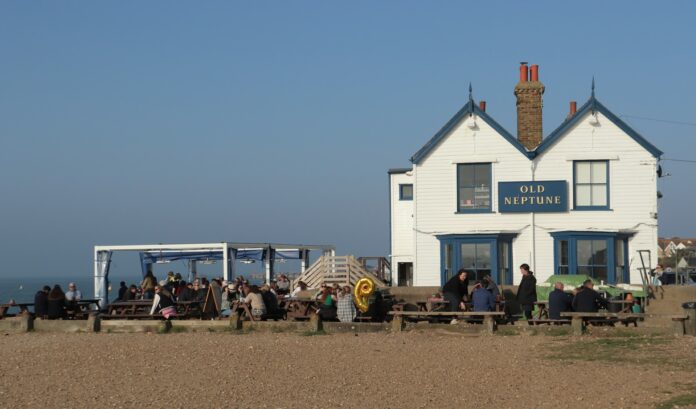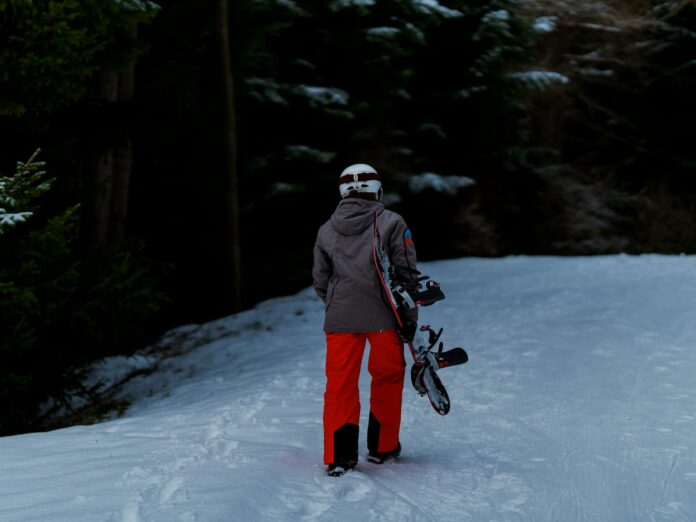Britain’s open roads lead to some of the most breathtaking landscapes in Europe, yet many motorhome enthusiasts find themselves circling the same well-worn routes year after year. The Lake District car parks fill to bursting by mid-morning, the North Coast 500 has become a motorhome procession in peak season, and Cornwall’s narrow lanes groan under the weight of summer traffic.
Venture beyond the obvious, though, and the UK reveals a different character entirely. These are places where you can park up with nothing but sheep for neighbours, where stars blaze undimmed by streetlights, and where the only sound breaking the silence is wind across open moorland. Here’s where to point your wheels when you’re craving something genuinely off the beaten track.
Kielder Forest & Dark Sky Park, Northumberland
Tucked away near the Scottish border, Kielder is England’s largest forest and home to Europe’s biggest man-made lake. More significantly for those seeking true remoteness, it sits within a designated International Dark Sky Park covering nearly 580 square miles, making it one of the finest stargazing locations in the country.
Several small touring sites operate on the edge of Ravenshill Forest, with views stretching across the North Tyne Valley. Days unfold slowly here: forest trails for walking and mountain biking, red squirrels darting between ancient pines, and ospreys circling the reservoir.

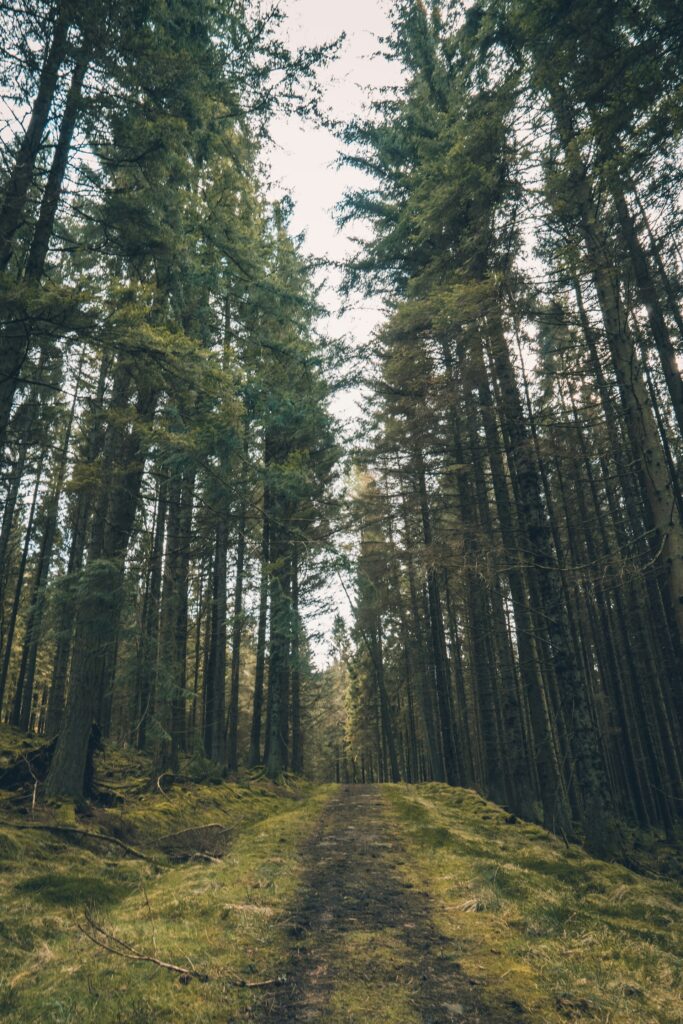
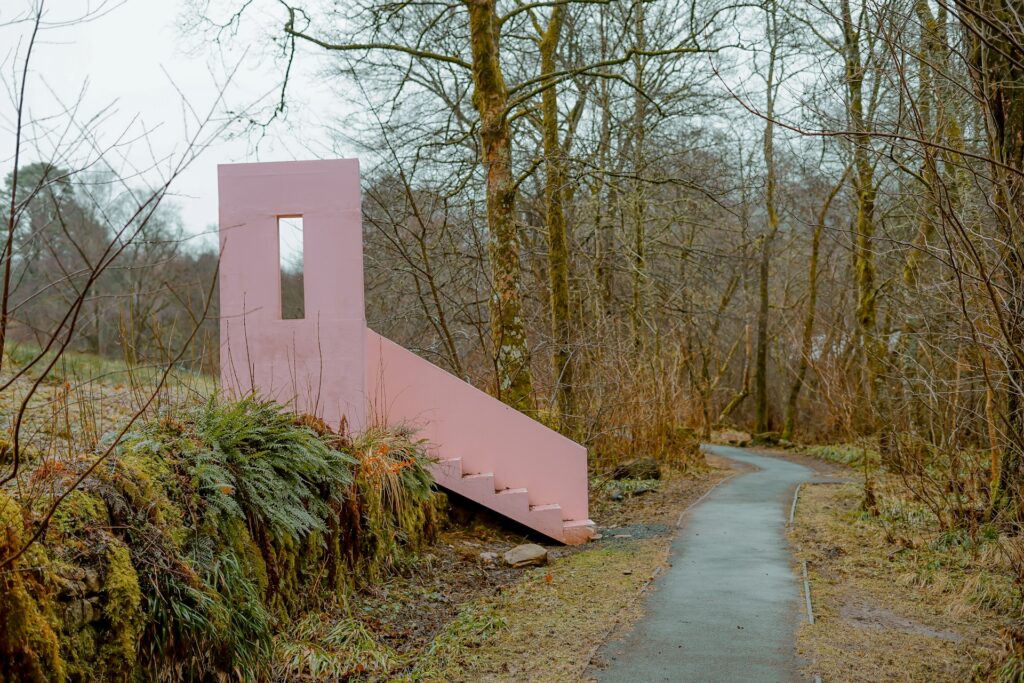
Beyond the natural attractions, Kielder has developed into an unexpected open-air art gallery. Scattered throughout the forest and around the lakeside are striking contemporary sculptures and architectural installations. These artworks provide intriguing stopping points along walking and cycling routes, giving visitors a chance to rest, contemplate the landscape, and discover something entirely unexpected in such a remote setting.
The Campaign for the Protection of Rural England has rated Kielder’s skies as the darkest in England. Come evening, the lack of light pollution means you can often see the Milky Way with the naked eye, and Kielder Observatory runs regular stargazing events.
For a simple overnight option, Forestry England offers motorhome parking at Kielder Castle car park for just £15 per night.
Dungeness, Kent
If Kielder represents wild natural beauty, Dungeness offers something altogether stranger. Often called Britain’s only desert due to its stark shingle expanse and low rainfall, this headland on the Kent coast has an almost post-apocalyptic quality.
Abandoned fishing boats lie scattered across the landscape, quirky wooden houses dot the horizon, and the looming silhouette of the nuclear power station adds an otherworldly backdrop. Yet for all its bleakness, Dungeness teems with life.
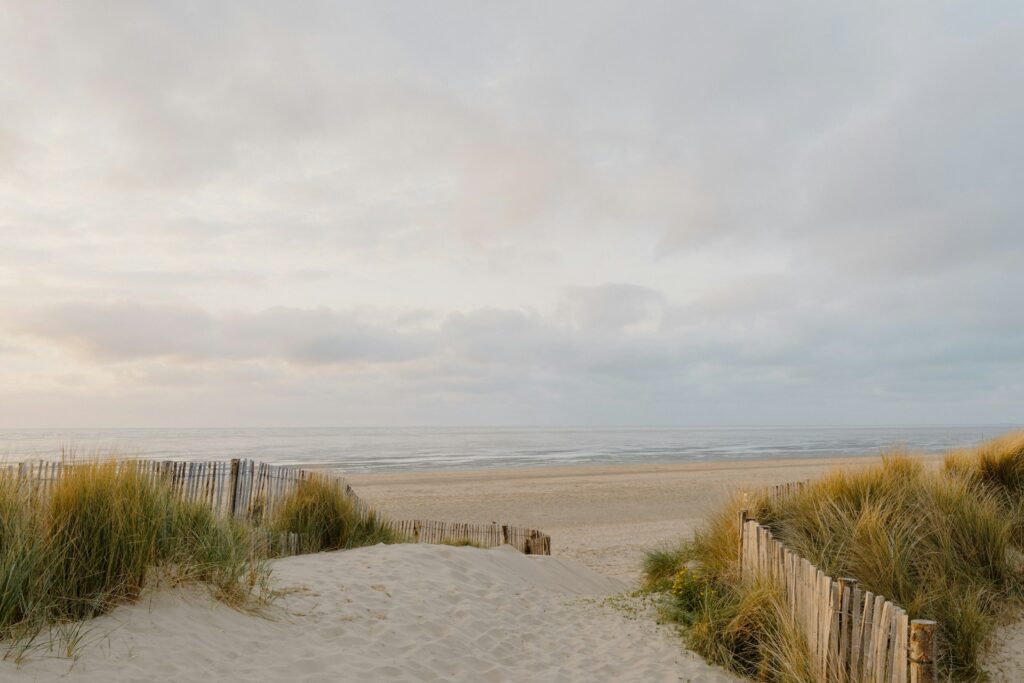

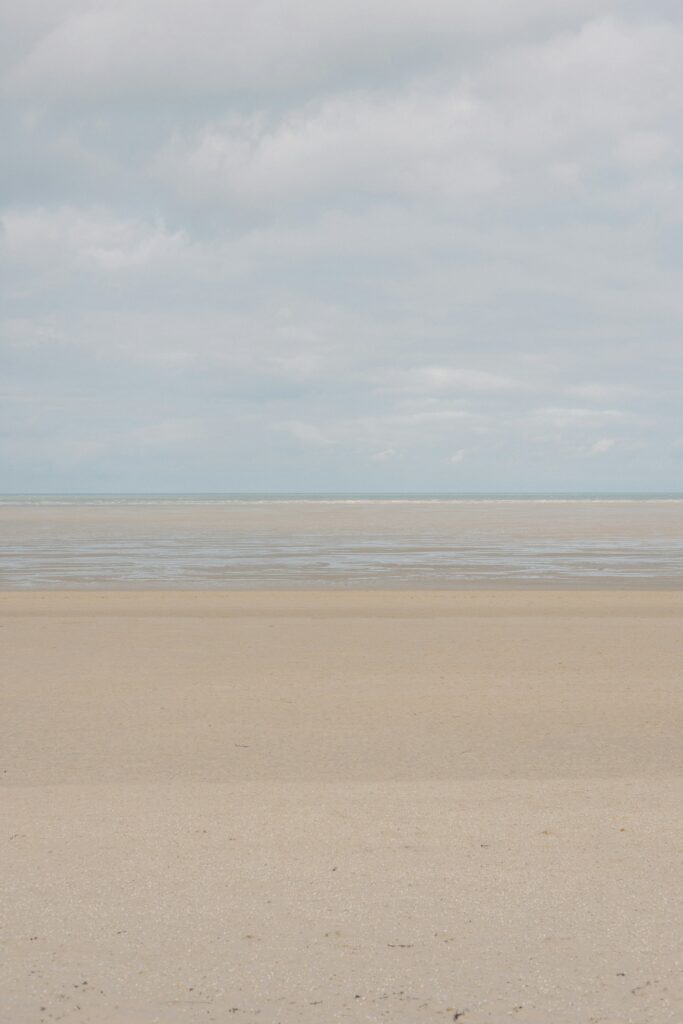
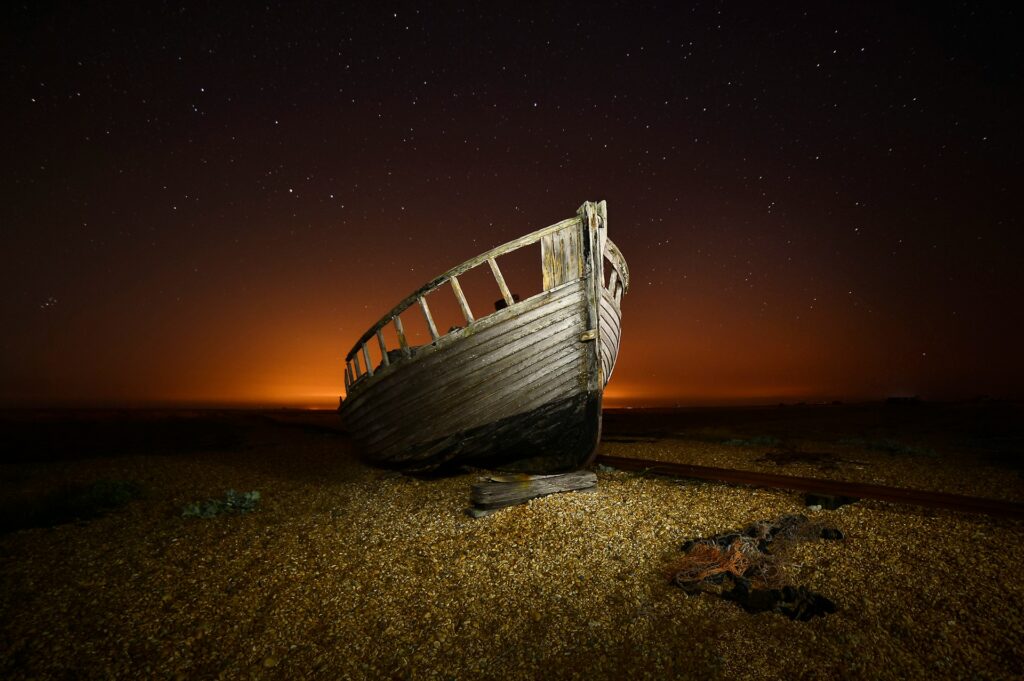
The RSPB nature reserve attracts birdwatchers from across the country, Derek Jarman’s famous driftwood garden at Prospect Cottage has become a pilgrimage site for art lovers, and the Grade II-listed Old Lighthouse offers panoramic views across Romney Marsh. Several motorhome-friendly sites operate nearby on Romney Marsh, making it an ideal stop en route to the Channel ports.
Elan Valley, Mid Wales
Often dubbed the ‘Welsh Lake District’, the Elan Valley offers dramatic Victorian dam architecture, winding reservoirs, and forested landscapes that rival anything in Snowdonia, without the crowds. The 45,000-acre estate includes a series of stone-built dams that supplied water to industrial Birmingham from the late 1800s.
Touring sites near the valley entrance provide direct access to the estate. From here, you can drive around all four reservoirs, following routes that twist along cliffs dropping to dark water below. The roads demand respect in larger motorhomes, but the rewards are spectacular waterfalls, red kites wheeling overhead, and miles of walking paths where you might not see another soul for hours.
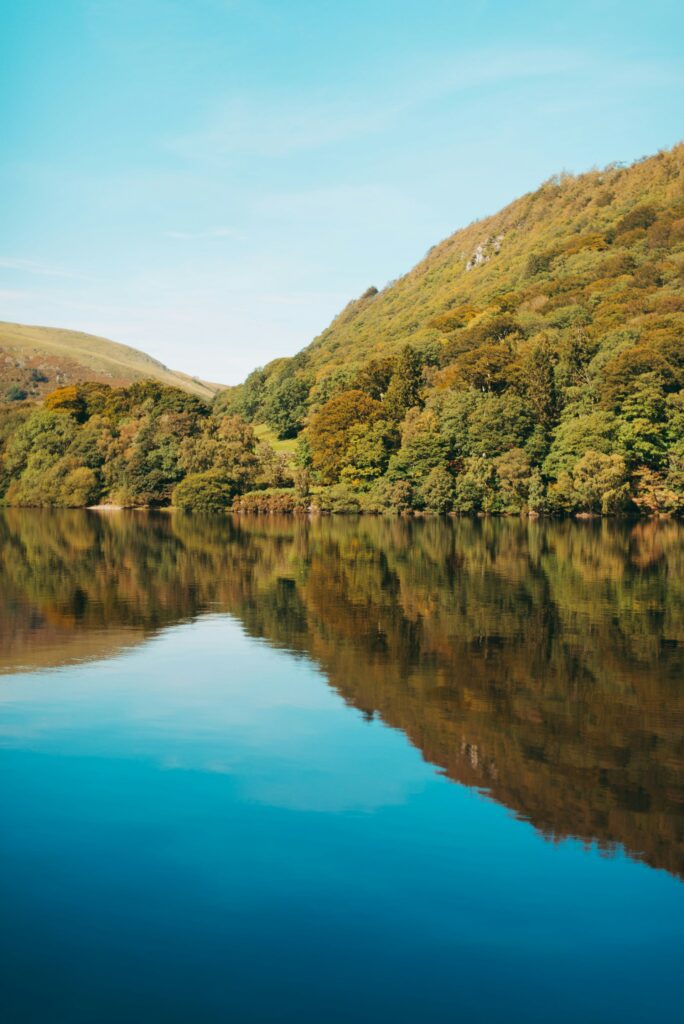
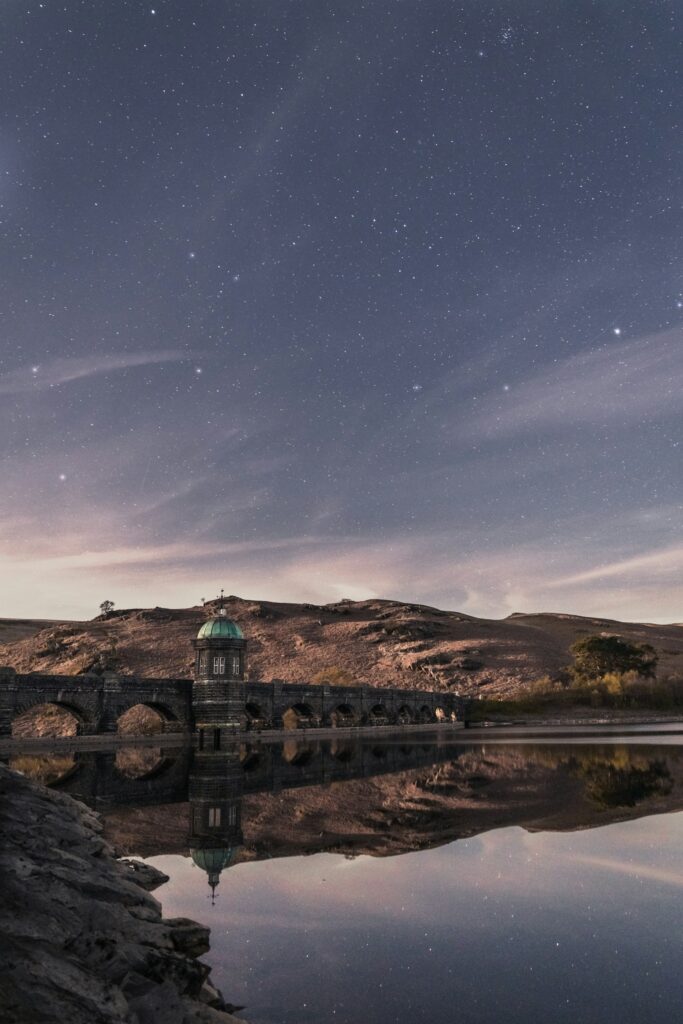
The valley achieved International Dark Sky Park status in 2015, becoming the first privately-owned but publicly accessible park in the world to do so. Stargazing sites at Claerwen Dam offer some of the darkest skies in Wales.
Isle of Mull, Scottish Inner Hebrides
The Isle of Skye dominates Scottish island tourism, which is precisely why Mull deserves your attention. This Inner Hebridean island offers equally dramatic landscapes, Tobermory’s colourful harbour, wild beaches, and regular sightings of otters, eagles, and whales, all without Skye’s summer crowds and overflowing car parks.
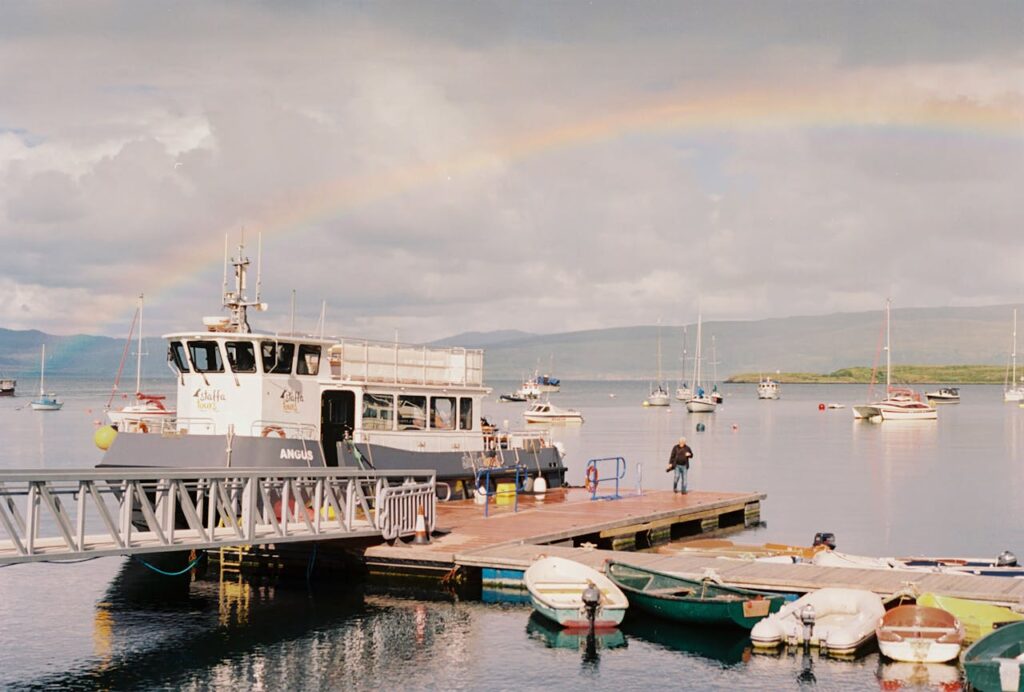
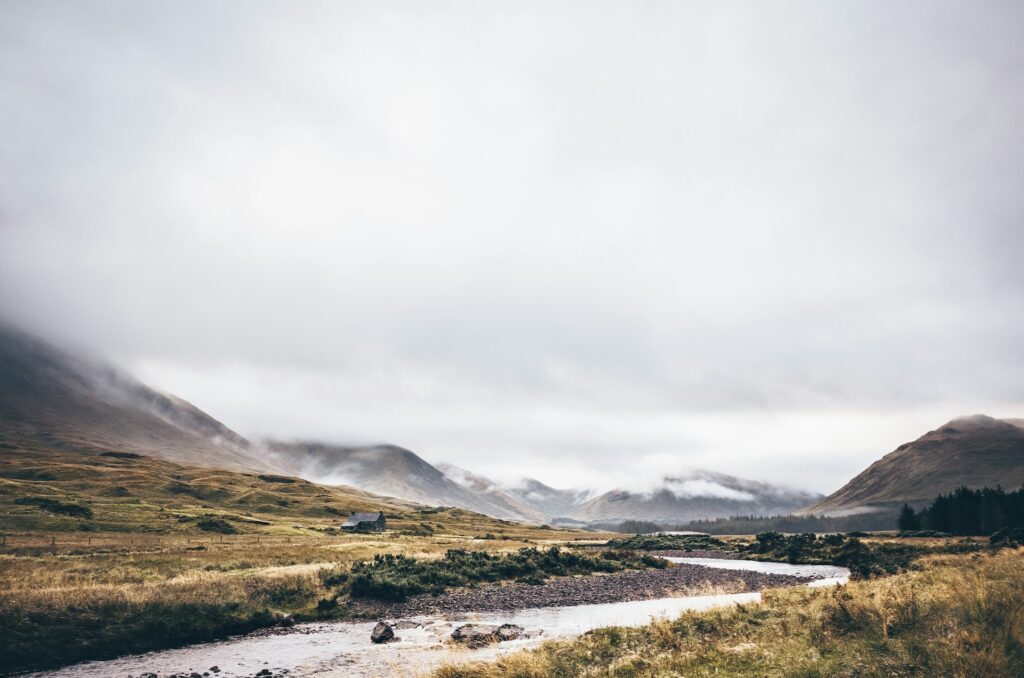

Take your motorhome over on the CalMac ferry from Oban and you’ll find single-track roads winding through Scottish landscapes that feel genuinely remote. Several campsites cater for touring vehicles, some offering pitches next to stunning white sandy beaches.
Calgary Bay permits overnight stays in the car park for a small fee, offering the chance to wake to one of Scotland’s most beautiful beaches. From Mull, day trips to the sacred island of Iona or boat trips to Staffa with its extraordinary volcanic rock formations add further dimension.
Read: 9 of the most remote camping destinations in the UK
County Fermanagh, Northern Ireland
How a county dominated by sparkling lakes and waterways remains one of the least populated in Northern Ireland is something of a mystery. The Fermanagh Lakelands centre on Upper and Lower Lough Erne, connected by the River Erne and stretching over 80km through gentle countryside.

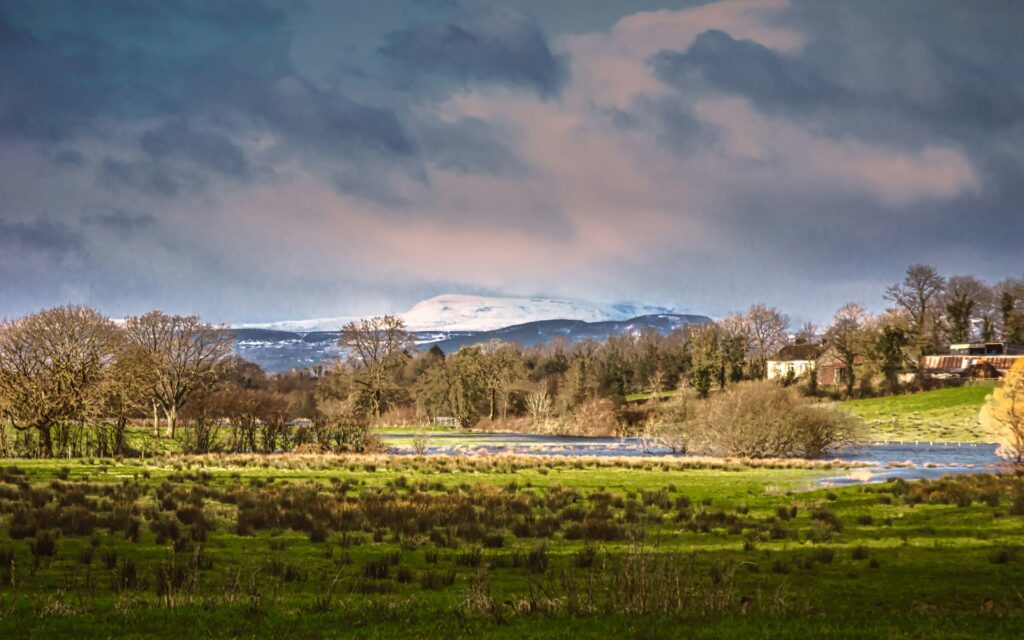
Lonely Planet recently placed Lough Erne first on its Top 10 Most Relaxing Destinations for Best in Travel 2025. Several touring parks with full facilities make ideal bases for exploring the Marble Arch Caves underground, the Cuilcagh Boardwalk Trail (nicknamed the ‘Stairway to Heaven’), and historic Enniskillen with its castle and museums.
The area also makes an excellent stopover en route to the Giant’s Causeway or the Wild Atlantic Way.
North Pembrokeshire Coast, Wales
Southern Pembrokeshire draws the crowds to Tenby and Saundersfoot, but venture north and the coast takes on a wilder character. Around St Davids, Britain’s smallest city, the landscape falls within a National Park that extends along rugged cliffs to secluded coves accessible only on foot. The cathedral city itself rewards exploration, with independent shops and cafes clustered around the ancient stone streets.
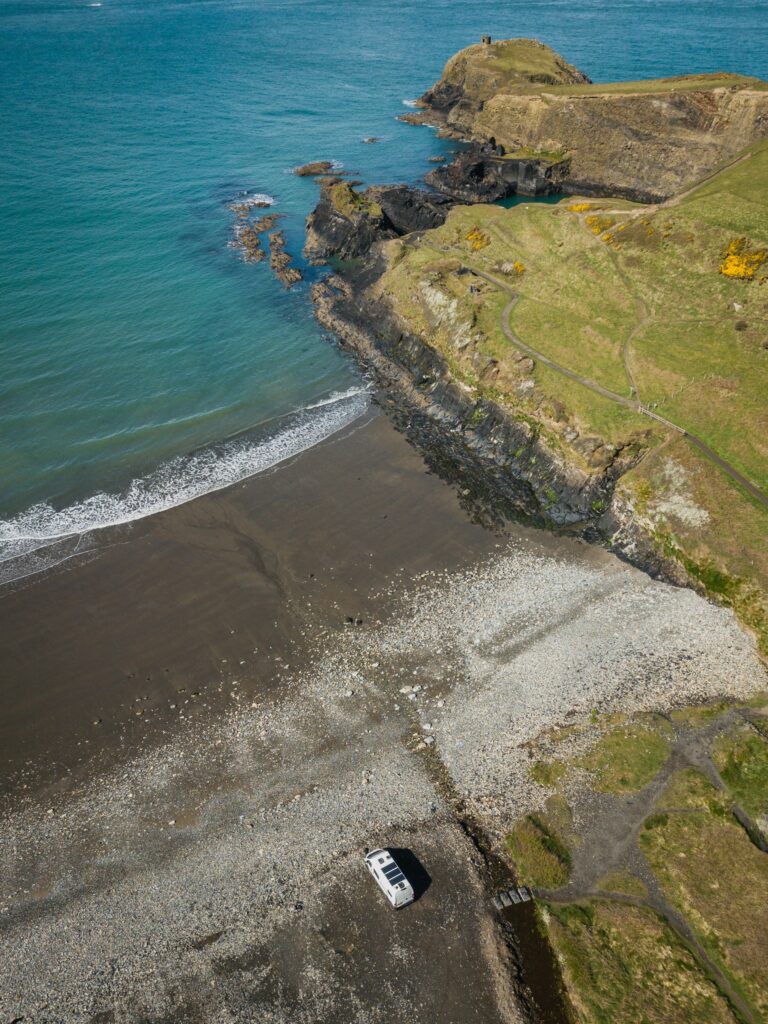

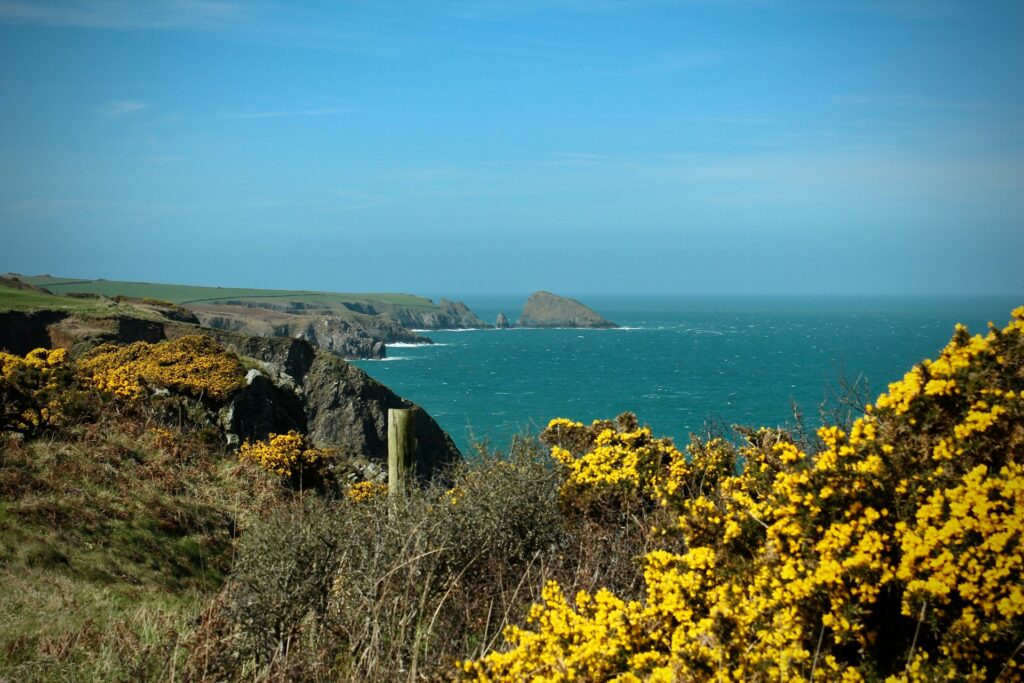
Smaller campsites dot the 186-mile coastal path, many on working farms where you can pitch up with nothing but sheep and seabirds for company. The dark sky conditions make this stretch excellent for stargazing, and aurora sightings have been captured from sites along the coast in recent years.
Suffolk Heritage Coast
Much of the Suffolk coastline falls within an Area of Outstanding Natural Beauty, yet it remains remarkably undeveloped compared to Devon and Cornwall. The string of small towns, including Aldeburgh, Southwold, Dunwich, and Thorpeness, each has its own distinct character, connected by quiet lanes winding through heathland and marshes.
Aldeburgh offers fresh fish direct from the boats, Southwold has its famous pier and Adnams Brewery, and Thorpeness retains the eccentric charm of its early 1900s origins.
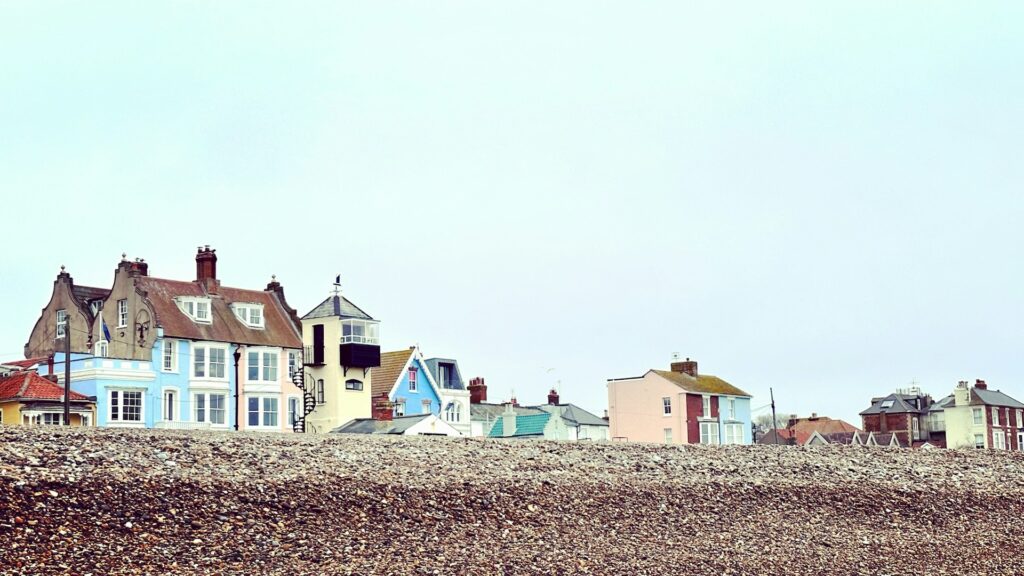
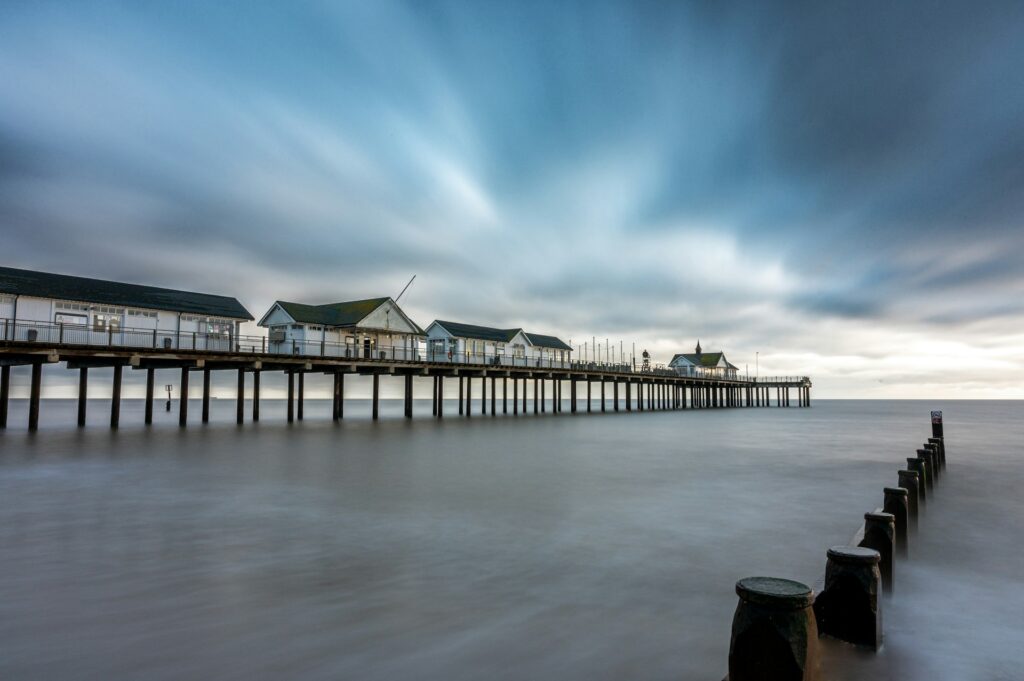

Several touring parks occupy cliff-top positions with direct beach access and RSPB Minsmere nearby. This coast changes rapidly: erosion has claimed whole villages over the centuries, and Dunwich Museum tells the story of a once-flourishing port now largely beneath the sea.
Llŷn Peninsula, North Wales
Stretching west from Snowdonia like an arm reaching into the Irish Sea, the Llŷn Peninsula has been described as the Cornwall of 50 years ago. The designation as an Area of Outstanding Natural Beauty has helped protect its character, with rugged cliffs giving way to golden beaches that rival anything in the Mediterranean on a good day.
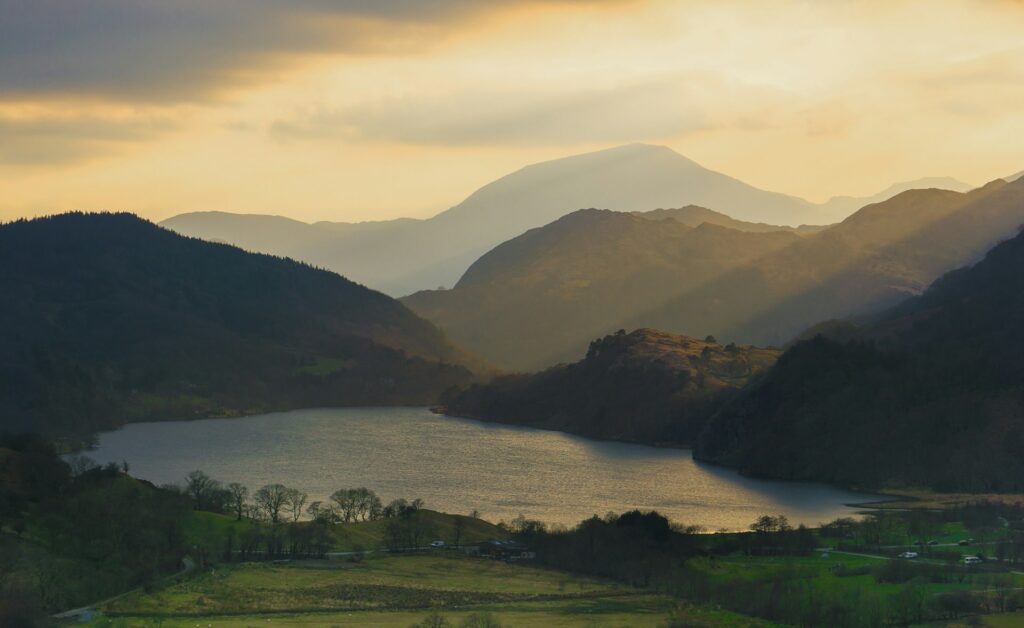
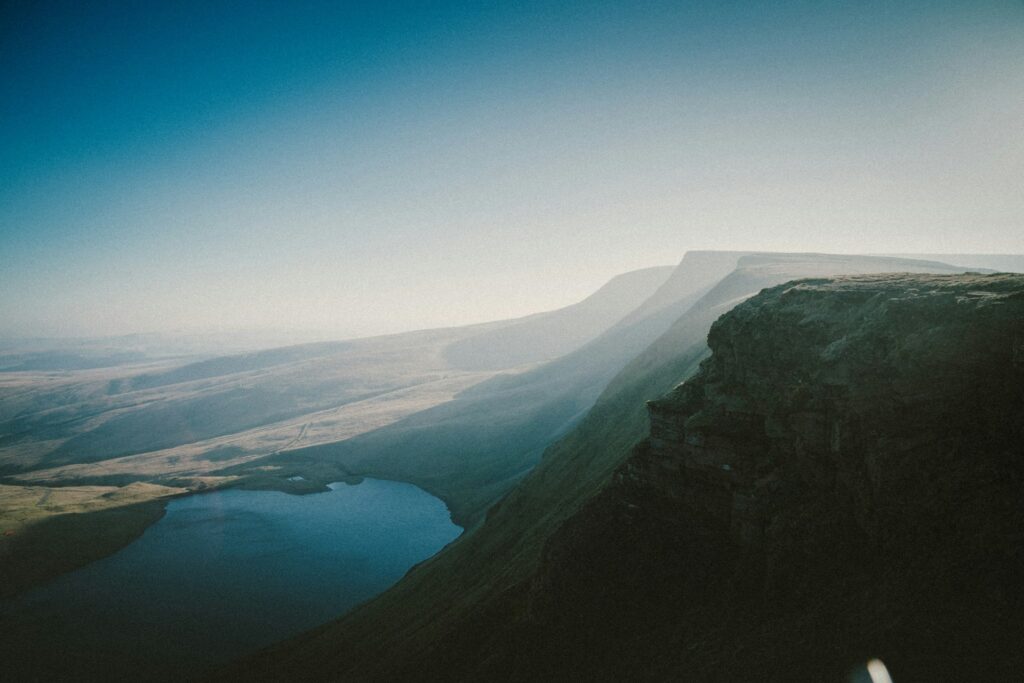
Porth Iago offers pitches overlooking what many consider North Wales’s most beautiful beach, a secluded sandy cove with clear waters ideal for swimming and kayaking. The path down is steep but manageable.
Nearby, Porthor (Whistling Sands) earns its name from the squeak the sand makes underfoot, whilst the Ty Coch Inn at Porthdinllaen, accessible only on foot across the beach, ranks among the world’s best beach bars.
Practical Considerations
Remote locations require preparation. Many of these destinations have limited mobile signal, narrow approach roads that challenge larger vehicles, and facilities that may be seasonal or basic.
Check access routes before setting out, particularly if you’re driving anything over six metres, and ensure you’re self-sufficient with water, power, and waste disposal where facilities are minimal. The right motorhome insurance can help protect your vehicle when venturing into more remote corners of the country.
Wild camping with motorhomes isn’t legally permitted in England, Wales, or Northern Ireland without landowner permission. Scotland’s famous right to roam applies to those on foot, by bike, or by boat, but doesn’t extend to motorised vehicles.
Designated overnight parking spots are becoming more common, and apps like Park4Night and CamperContact can help locate legitimate stopping places. Spring and autumn typically offer the best balance of weather and solitude.
The Bottom Line
The UK’s most rewarding motorhome destinations aren’t necessarily the most famous. These corners demand a little more effort to reach, a little more planning to stay comfortably, and a willingness to embrace simplicity over convenience.
In return, they offer something increasingly rare: genuine peace, star-filled skies, and landscapes that feel truly your own.


